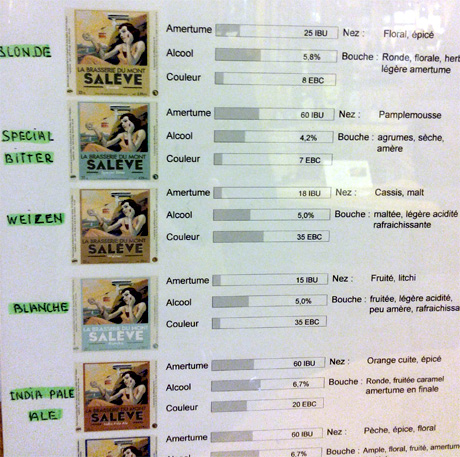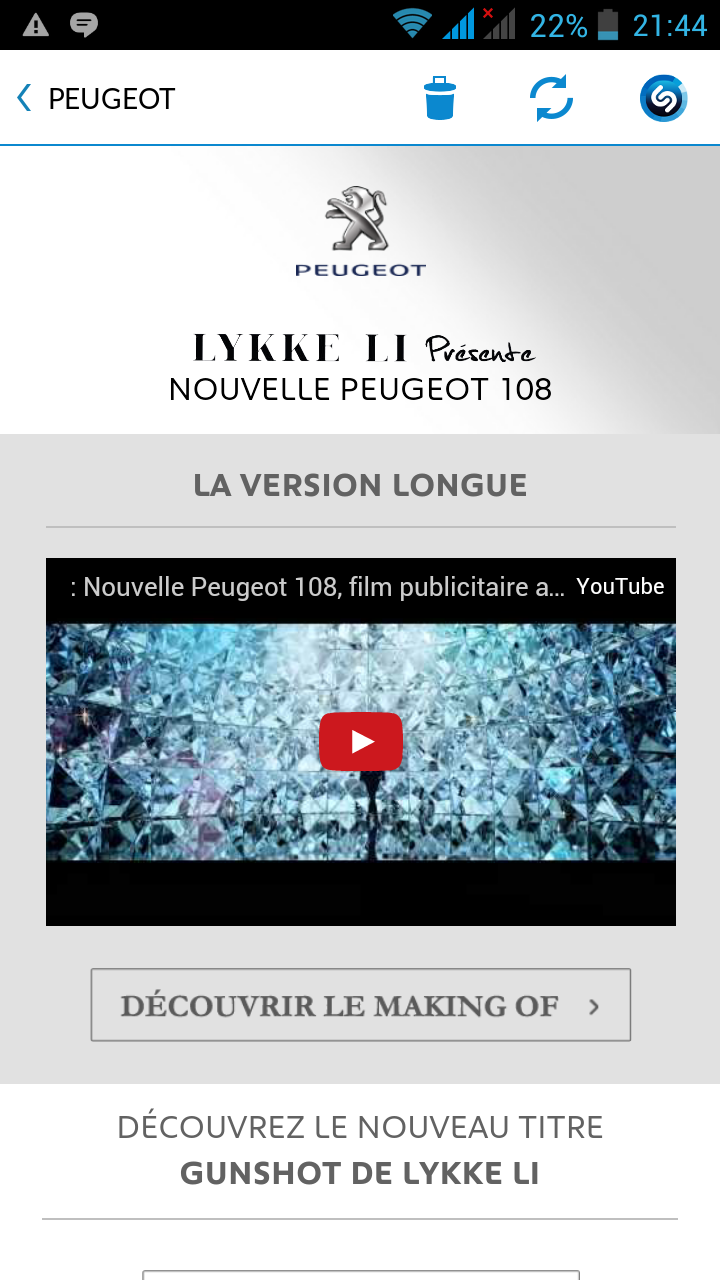Blog
HCI certification

This summer I attended Scott Klemmer’s (University of San Diego, California) Human-Computer Interaction Class on Coursera.org. Coursera is one of these new Massive Open Online Course (MOOC) website, where students from around the world can attend classes given by prestigious lecturers and universities, for free. I love the concept, and was happy to take this class. After 10 weeks of lectures and assignments, I was awarded a Statement of Accomplishment. A good way of learning furthermore!
McDonald’s: when ads become art

Leaving work yesterday evening, I bumped into a new advertising billboard ad for Mc Donald’s. Or was it? At first sight, before even knowing that it represented a picto of French fries, I had a feeling that it was McDonald’s. If you look at this ad carefully though, you’ll notice there is no brand, no name, no address… not many clues about what it is about.
Information design example: cursors and comparison

Last week end, my boyfriend and I were looking for a nice bottle of wine to bring our friends at a dinner. At the wine shop, we discovered a local brewery, called La Brasserie du Mont Salève. They had a lot of different flavors, and a very interesting way of presenting them, with cursors highlighting color, flavor and strength. A good example of information design several good practices:
Check actual screen resolution live – web-based
I usually rely on W3C Schools screen resolution statistics. Though, here and then we do need to have a precise resolution for a specific device. Of course the resolution can be found on the manufacturer’s website. But it takes some time, and it is the theoretical resolution. In the real world, this data is to be modified according to a lot of system’s elements that are added to the screen, and thus occupy some pixels: web browser address and navigation bars, scroll bars, etc. To be sure about the actual design space available on the device, I use Websitedimension.com’s Live Pixel check. The idea is very simple: a grid with a scale, allowing to easily count how many pixels can actually be displayed in height and width.
Drive-to-Shazam TV ad

These days find me particularly sensitive to connected, cross-channels and cross-devices experiences. I have worked quite a lot on that kind of subjects for clients lately: today Brands can’t have a website, mobile applications and websites, ads, etc. independent as before. Same person uses them all, and all touch-points should be part of a unified experience. Even non-digital touch-points.
I was recently surprised by a 2-times ad on TV for Peugeot. The first part of the ad is very short. You can hear a music and a feminine voice invites you to open Shazam. For those of you who don’t use it, Shazam is an application that recognizes melodies and helps you find the name and author of a music piece as you hear it. I jumped on my favorite Wiko smartphone right on time before the second part of the ad.
The interesting point of it is that Shazam nearly instantly recognizes the background music, and drives you to a specific page on the app, dedicated to the ad! There, you are invited to discover the song and the product (a car.) I love this idea because it created a direct link between the Brand and me, from an impersonal TV message to my very own mobile phone. I also like that Shazam is a very modern app, that I would not have thought of for this use: I was more receptive and less defiant.
Edwards app featured at Salesforce event in Lausanne

An iPad application I have had the chance to work on was recently featured during blue-infinity / Salesforce event in Lausanne. The conference was about Improving efficiency of Sales, Customer Service and Marketing, and took place at the Starling Hotel yesterday. As a mobile POS iPad application, this application supports sales associates (who are also trainers in this specific context) follow-up their portfolio, plan and report activities. I have worked quite a bit on this kind of applications lately, helping companies have a better and more reactive knowledge of their customers and offering them a better experience.